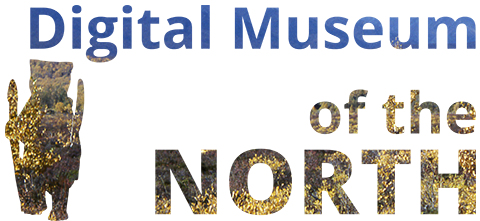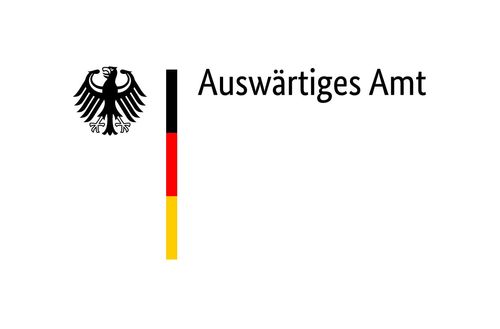Musée d‘ethnographie de l‘Université de Bordeaux
Sergei Popov explains how a fish trap is constructed
„Rowan branches are cut in a way that keeps them flexible. Once they’re dry, the twigs are inserted into the mesh of the net so that they all have the same size. These twigs are prepared in autumn. The rings are used for catching fish – whether chum salmon (keta), Arctic char, or sockeye. When a large net is made and it fills with many fish like sockeye or char, it can be difficult to remove them. The net is brought in by pulling it ashore using the rings. Once it’s on land, the fish remain inside. The net is at one end, and the rings are on the other. If it’s bright, the fish might escape — so branches are placed on top to darken the interior. In the dark, the fish stay still and don’t move. Depending on the type of fish – char, sockeye, or chum – different-sized rings are made. The larger rings are called kenkel, and they’re used for bigger fish.”
Recorded by Erich Kasten. Lesnaya, 2002.



